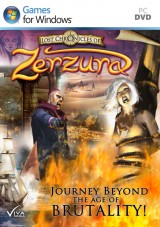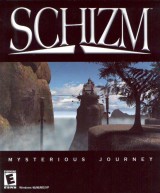Review for RHEM 4: The Golden Fragments
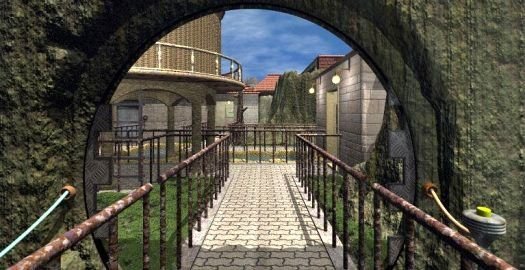
Knut Müller’s RHEM series is one of the last survivors of the nearly-extinct breed of game we once called Myst clones. As new mainstream titles make their way to the top, Myst, once the best-selling PC game of all time, has now been eclipsed many times over. Back in the day, though, developers rushed to capitalize on the Myst experience: solitary games devoted to exploring strange worlds and solving dozens of challenging, cryptically-clued puzzles. That seems like a long time ago now, and maybe it was. Cyan’s seminal classic has faded from memory for everyone except the most puzzle-loving adventure game enthusiasts, and studios have long since looked elsewhere for new inspiration. But even in this drought of first-person puzzlers, we’ve been able to count on people like Müller, whose latest adventure, RHEM 4: The Golden Fragments, still reminds a number of us why we loved such games to begin with.
Like its predecessors, RHEM 4’s central focus is still the challenge of exploration, discovering clues and fitting them together to solve yet another new puzzle, pressing on until all the game’s secrets have been unlocked and revealed. Though you could jump right into this instalment without having previous experience with the series, it would be sort of like eating dessert and skipping the other courses. For returning players, the story will be rather familiar. Once again our old friend Zetais has a task for us. This time, it appears his brother Kales has discovered a new part of RHEM, this desolate, rusting mechanical world he has been exploring for years. Now Kales needs to find four golden fragments and reassemble them. We are not sure why at first, but all will be revealed as you play through the game. To find these fragments, you will need the black crystal Zetais gives you to take to his brother. When you get to RHEM on the same old tram track you have ridden before, however, you find that Kales has departed for the new area already, leaving you with just a video message of where he has gone. You’ll reach his quarters in the new section a little later, only to discover that he is gone again, off following a hunch. This is the sum total of character interaction you are going to get in RHEM 4: a letter sending you back, a couple of video messages, and Kales’ journal. Otherwise, it is you and your shadow.
As soon as you begin exploring, you’ll notice that the graphics in RHEM 4 are exactly like those in the last three games, which means they’re once again far more functional than artistically appealing, looking quite dated even by other indie standards. This similarity to the previous games is nice from a continuity perspective, but may be a turn-off for players who are expecting something comparable to other new releases. There are a few added visual details, like some simple animations here and there: water lapping in a moat, Kales’ video messages, the landscape moving past you as you ride the tram, but mainly all you’ll see are basic static screens of a visually underwhelming world. Fortunately, RHEM 4 has an excellent soundtrack to accompany your travels. The music is very subtle, often disappearing altogether when not needed. When playing, it has an atmospheric, otherworldly sound that is spot-on for a game where the player is wandering an alien land completely alone. It is nicely complemented throughout with ambient sounds: in some areas you can hear the wind blowing around you, or you might pick up the chirp of birds in a tree or the lapping of waves. It is not an extensive soundscape, but it really works well for this game.
As before, the game still uses a slideshow navigation system, with no free-roaming exploration or even camera panning options. While this point-and-click control scheme is simple, it works just fine. A hand cursor points in any direction you can move, usually left, right, forward or back, and sometimes up or down. It also gives you the option from time to time to zoom in on objects or areas you need to examine in more detail. There is still no map or quick-travel option, unfortunately, which would have been a benefit. You can expect a certain amount of criss-crossing in each new area you open up, and some of these sections can be quite large, so it can take some time to properly orient yourself. The bottom section of the screen is used as a menu area to access inventory you collect throughout the game, as well as a journal for recorded notes and a compass. To use any of these functions, you just need to mouse over the area and click on the icon you want. There is no ability to combine items in inventory, and there is one puzzle that requires two documents be merged by copying one down and then mapping the other on top of it. Doing this by hand is pretty time consuming, and I’d have preferred the option just to combine them automatically.
The in-game journal still works nicely, allowing you to take pictures of some of the complex charts and symbols you come across in your travels, and you come across a lot. But for some reason, this option is limited to only certain ones, and it would have been far more effective if you could record anything of importance. As it is, the journal doesn’t fully replace the need to take copious notes of your own. The final part of the interface consists of a compass, which turns out to be one of the most important pieces of gear you possess. A number of puzzles in the game require that you figure out in which cardinal direction they lay. For example, there’s a tower puzzle that requires you to unlock three doors in the elevator that will allow you to access separate parts off the tower area. To do this, you need to know what direction – whether north south, east, or west – each door is facing.
As any existing RHEM fan knows, the most important thing to remember when playing is to take your time and explore everywhere. Patience is a virtue, as a large number of puzzles are designed to test your observation skills, and some clues may take time to reveal themselves. For instance, in one part of the game there is a set of flowers with a clock, but you need to watch for a while to realize they change colour depending on the time. This is a gradual change and won’t be obvious if you don’t take the time to examine them closely. Only then can you start to question why and how that happens, giving yourself an important clue for later in the game.
There are very few simple puzzles in RHEM 4, as they generally range from moderately to incredibly difficult. It will help if you are good at identifying logical patterns, as many of the puzzles require you to match related details or arrange symbols in order. However, there are a diverse number of challenges overall, and really the most useful skill is to be observant, writing down anything you think you may need later. Most puzzles are complex challenges requiring a substantial amount of exploring first to find and decipher shapes, colours, sounds, directions, and numbers of all kinds. All these clues then need to be put together to figure out how to open a door or access a new part of the environment. Sometimes the clues you need are close at hand, but other times you learn information that you will not use until much later in the game. There are little clues everywhere, and it can be easy to blow right by them if you don’t take the time to really look at things. This happened to me at a revolving bridge, as I totally missed its operational button originally.
It won’t take long to realize what you’re in for, as the game even starts with a multi-part door puzzle. You are first faced with a steel door you need to get past to enter RHEM, and once through you will find yourself facing nine more doors to unlock, each leading to a different area to explore. Luckily, once you get through the first one, you will be able to figure these out as well, but it takes a good chunk of time to open them all. Doors seem to be a recurring theme in this game, as the further along you are, the more you seem to come up against. There’s another set of nine later on that are a little easier to figure out, but unlike the first series of doors, these don’t stay open once solved. Sadly, they need to be unlocked each time you wish to use them based on a random code you have to decipher. That is just annoying. I can understand unlocking a door I haven’t used yet, but why do I have do it again with a door I have used already?
Clearly, RHEM 4 is not a game for the impatient. Or for those who want a lot of story or character interaction, are easily frustrated by large amounts of note-taking, or who want cutting-edge graphics. Yet for those of us who long to escape into worlds where we are lonely adventurers faced with nothing but vague directions and empty landscapes, there is much to enjoy here. Even without any bells and whistles, we’ll happily set ourselves to figuring out how to turn on ancient power systems, decipher symbols, or piece together disparate pieces of information picked up here and there. This game offers those things in abundance, with a slew of complex puzzles that will test even the most thorough, observant player. Some gamers get giddy over these types of obstacles, while others find the level of detail exhausting and frustrating. Where you fall on that scale is going to primarily determine how you will react to this game. RHEM 4: The Golden Fragments may be a niche-within-a-niche, but for fans of this style of game, it represents another worthy instalment in this venerable puzzle-adventure franchise. It’s not a short game, either, as it will take many long hours to complete. Even when you do, the door is left open (and unlocked!) for yet another return to RHEM in future sequels. Count me among those who certainly hope that happens.


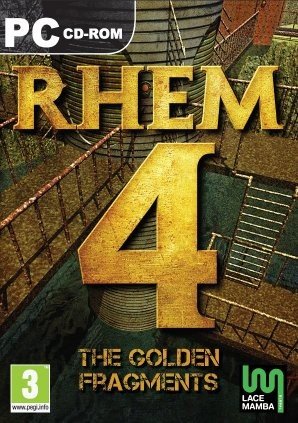




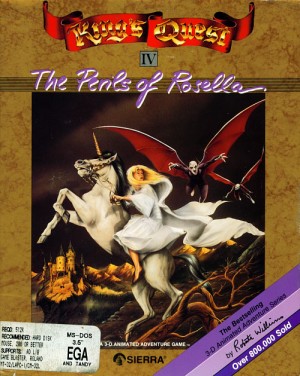
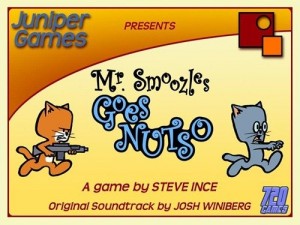
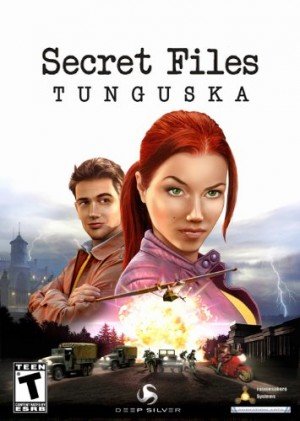
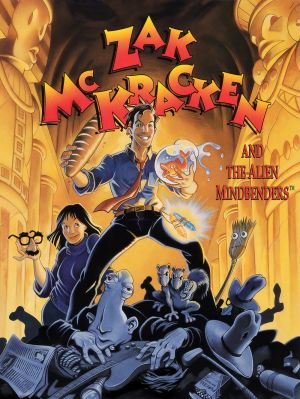
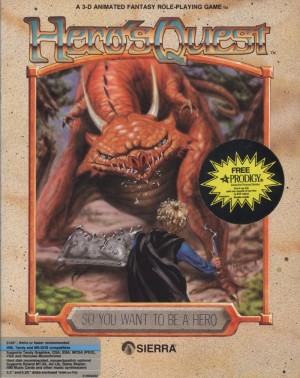



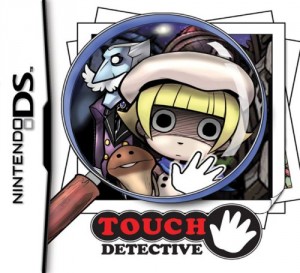



__small.jpg)

